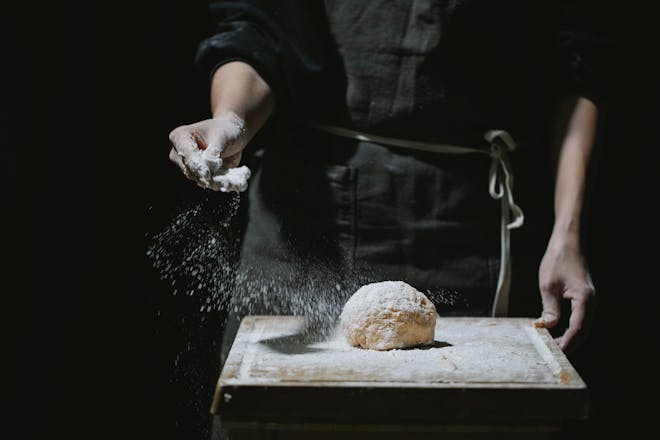Reverse Sear Filet Mignon: The Ultimate Steak Recipe
When it comes to preparing a perfect filet mignon, the reverse sear technique can elevate your steak from good to extraordinary. This method allows you to cook your steak evenly from edge to edge, with a deliciously crisp exterior. It’s an essential technique for any steak aficionado, and this guide will walk you through the steps to achieve that restaurant-quality filet mignon at home.
The Basics of Reverse Searing Filet Mignon
The reverse sear method starts with slowly heating the filet mignon in a low-temperature oven before finishing it off with a quick sear on a hot skillet. This technique provides better control over the cooking temperature, resulting in a tender and juicy steak with a perfectly browned crust.
Ingredients
- 2 filet mignon steaks, approximately 1.5 inches thick
- Kosher salt and freshly ground black pepper
- 2 tablespoons of olive oil or other high-smoke-point oil
- 2 sprigs of fresh thyme or rosemary (optional)
- 2 cloves of garlic, lightly crushed (optional)
- Unsalted butter (optional)
Equipment
- Oven
- Cast-iron skillet or heavy-bottomed pan
- Meat thermometer
- Aluminum foil
Step-by-Step Filet Mignon Reverse Sear Instructions
Step 1: Preparing the Filet Mignon
Start by seasoning your filet mignon generously with kosher salt and black pepper. Let the steaks sit at room temperature for about 45 minutes to an hour. This allows the seasoning to penetrate the meat and also brings the steak up to room temperature for more even cooking.
Step 2: Low-Temperature Cooking
Preheat your oven to 250°F (120°C). Place the filet mignon on a wire rack set over a baking sheet. This setup ensures air circulation around the steak for even cooking. Insert a meat thermometer into the thickest part of one steak and place it in the oven. Cook until the internal temperature reaches about 95-100°F (35-37°C) for rare, 105-110°F (40-43°C) for medium-rare, or 115-120°F (46-49°C) for medium.
Step 3: Searing the Steak
Remove the filet mignon from the oven and let it rest while you preheat a cast-iron skillet over high heat. Add olive oil to the hot skillet, and once the oil is shimmering, gently lay the steaks in the pan. If desired, add thyme or rosemary sprigs and garlic cloves to the pan for additional flavor.
Step 4: Creating the Crust
Sear each side of the filet mignon for about 1-2 minutes, until a deep brown crust forms. If you’re using butter, add it to the pan now and baste the steaks for an extra-rich finish. Use the meat thermometer to ensure the final temperature is 5-10 degrees below your desired doneness, as it will continue to rise during resting.
Step 5: Resting
Once seared to perfection, transfer the filet mignon to a cutting board and tent loosely with aluminum foil. Let the steak rest for 5-10 minutes. This allows the juices to redistribute throughout the meat, ensuring a moist and tender bite.
Step 6: Serving
Slice the filet mignon against the grain, if desired, or serve the steaks whole. Pair with your favorite sides and enjoy a perfectly cooked reverse sear filet mignon.
Tips for a Perfect Reverse Sear Filet Mignon
For the best results, use a thick-cut filet mignon, at least 1.5 inches in thickness. The thicker cut allows for a more pronounced gradient of doneness and a substantial crust.
Always use a meat thermometer to monitor the internal temperature of your steak. This is the most reliable way to achieve your desired level of doneness.
Allowing the steak to rest after cooking is crucial. This step is often overlooked, but it ensures that your filet mignon will be juicy and flavorful.
As you can see, the reverse sear method might take a little longer than traditional methods, but the results are well worth the wait. By following these steps, you can enjoy a filet mignon that is cooked to perfection with a mouthwatering crust. Happy cooking!
